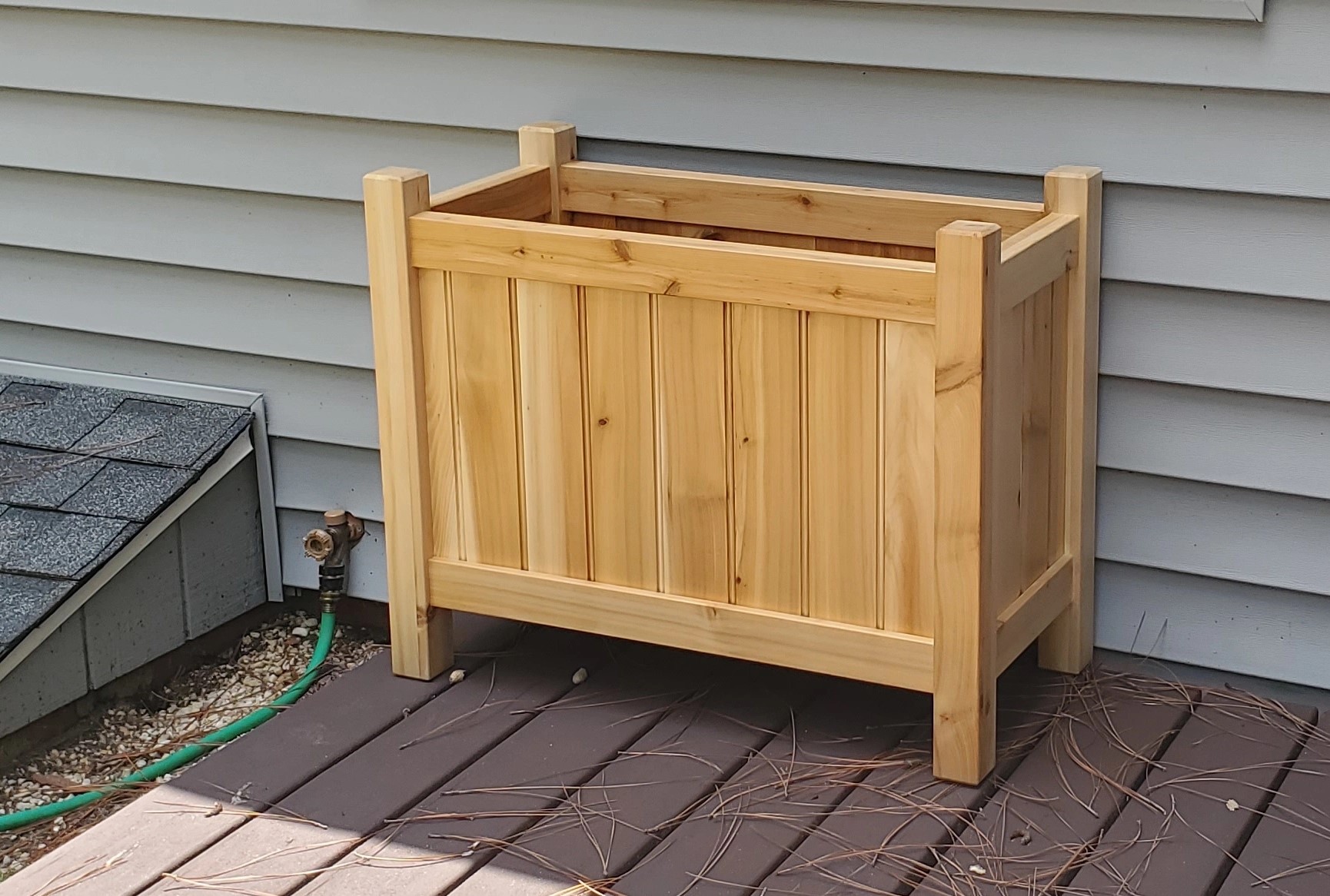Hey all, newb here. I’m building my first workshop in my basement with hand tools only (might add power tools later) and looking for some advice.
I’m still undecided on a sharpening setup, so wondering what other people like. How fussy are water stones, and how do you manage keeping them true? Do you have any cool tricks or things you want to show off?
I’ve settled on water stones, at least for the moment: 1000, 4000, and 8000 grit. I use a Veritas Mk. 2 sharpening jig. I also have a slow-speed grinder for major reshaping.
I true the stones on a cinder block, but I don’t have to do it very often.
I suggest you take a look at Christopher Schwarz’s ‘Sharpen This’ series from his blog:
https://blog.lostartpress.com/2017/07/11/sharpen-this-part-2-hear-no-evil/
https://blog.lostartpress.com/2017/07/14/sharpen-this-part-3-what-the-is-sharp/
https://blog.lostartpress.com/2017/07/21/sharpen-this-part-4-very-small-rocks/
https://blog.lostartpress.com/2017/07/22/usharpen-this-part-5-the-myth-of-super-sharpness/
https://blog.lostartpress.com/2017/07/23/sharpen-this-part-6-the-bevel-the-devil/
https://blog.lostartpress.com/2017/07/28/sharpen-this-part-7-the-burr-in-the-saddle/
https://blog.lostartpress.com/2017/07/29/sharpen-this-part-8-polish-get-back-to-work/I’ll take a look at those blogs. I read The Essential Woodworker from Lost Art, so I have a good degree of trust in their stuff
This is personal preference, not religion. Sometimes people start to act like you will go to hell for using the wrong system. You won’t.
Sand paper on a flat coutertop is cheap to get started with and works well. A pack of 2000 grit (auto parts store has them) will get you are sharp as you need. However sandpaper wears out fast, so this quickly becomes the most expensive option. Still keep this in mind as sometimes you are in the middle of nowhere without supplies and need a quick sharpen.
I personally have settled on oil stones. They work well for me. Just a little oil, sharpen, and wipe the oil off.
I have some waterstones, but I don’t use them: they are not hard enough to sharpen some of my tools (this is specific to the stones I have, not water stones in general). I never found dishing to be a problem when I was using water stones: I just use the whole stone and so they wear evenly. I sharpen outdoors in winter, and water freezes and this can wreck water stones if they are wet: this makes me afraid of water stones.
I’m another person who prefers diamond plates and strops, with some oil stones for variety (mostly for carving tools); no water stones because I don’t want to have to flatten or soak them.
My early setup followed what people like Paul Sellers, James Wright and Rex Krueger recommended – grits 240, 600, 1200 and leather strop.
That’s fine for a lot of tasks, if you’re mainly dealing with plane irons and chisels, but if you expand the kinds of tools you need to sharpen, you will likely need to add to the sharpening kit.
For some tools, it’s easier to bring the sharpening to the tool (axes, adzes, drawknives, etc), so smaller media that is easy to hold is advantageous. I have found cheap little “paddles” designed for a guided knife sharpening system work well for this.
For others, like carving tools, the shape of the edge requires something else, like slip stones, rods, etc. These can be hard to find for a price I find reasonable, so I’ve been less concerned about media type and more about taking what I could get. These have mostly been carborundum and Arkansas oil stones, often using the diamond plate on the outside of the edge, although I have found a coarse pen-sized diamond rod sold for gardening tools to be indispensable for “flattening” the “back” of gouges.
And then there is restoration and initial setup of cheap tools, for which I use cheap, thin diamond plates, attached with double-sided Scotch tape to a piece of MDF and sandpaper attached with sprayable PVA white glue to a piece of stone countertop from a building supply salvage store.
If I were just starting fresh, I might just go the route of the cheap plates on MDF and skip the nicer but much more expensive EZE-Lap plates. Or the 3M Cubitron™ paper, which Stumpy Nubs recently was promoting.
I haven’t mentioned my setups for stropping carving tools, or power-stropping, or saw sharpening.
Thanks, I’m leaning towards diamond plates for now.
I’m curious about your gouge setup, I’ve got some for wood carving that I hone with compound but I’m sure they could use a real sharpening at some point.
Otherwise, my needs are sharpening bench chisels and planes.
If you’ve never sharpened any before the easiest setup is probably sandpaper on a granite tile (they’re generally very flat) and a guide clamped to your chisel or plane blade. There are many photos of people using guides on sharpening stones on the Internet, but I don’t know how great of an idea it is. Ideally you want to sharpen across the whole length of the stone to promote even stone wear and that’s hard to do with a guide.
If you want to sharpen on a stone with ya guide, a good trick is to color in the blade with a sharpie. This will let you see where you’re removing material more easily, which can help you adjust your angle.
It seems impossible to me that you can apply uniform and even wear to a stone, unless your blade is longer than the stone itself or divisible by its width.
Mathematically speaking, the wear is distributed as a convolutional process and will apply a bell-curve shaped wear pattern over time. There’s nothing to do about that except accept it and flatten out the stone.
It’s funny how one hobby spirals into another, innit? You can’t really be a wood carver without also learning about sharpening and honing.
I’m a spoon carver, so I hone my blade every 5-10 minutes of carving with a piece of leather hlued to a block of wood (store bought, not home made) with some honing compound (green waxy stuff) rubbed on. For honing my hook knife (for carving out bowls of spoons) I rub the blade against a wooden dowel, again with honing compound rubbed on.
When I actually need to sharpen a blade, I use a two sided sharpening stone and some water. Works on everything from hatchets to scissors.
Carving is what got me into wood working.
But yeah, it’s different going from honing blades with a compound to needing to sharpen them.
I don’t mind the process of sharing, but I’ve never really been exposed to it and I don’t know much about it.



